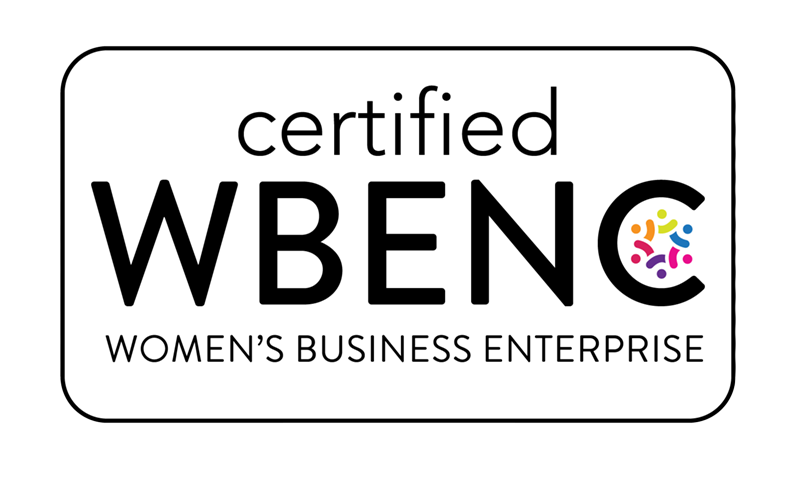Valuation Methods: Ensuring Accurate Customs Declarations For Import and Export-Part 15
Audio Conversation:
Full Blog Article:
Whether you’re just starting in global trade or need to refine your compliance strategy, getting your customs valuation right is key to avoiding penalties, minimizing costs, and keeping your supply chain moving. In this fifteenth article, we’ll dive into customs valuation—a topic that may seem technical but is essential to your success as an importer or exporter.
Accurate customs valuation isn’t just about numbers; it impacts duty calculations, cash flow, and overall trade compliance. This article will guide you through the main customs valuation methods, help you understand why they matter, and provide practical steps to ensure accurate declarations.
Why Customs Valuation Matters
When goods cross international borders, customs authorities assess their value to determine the amount of duty and taxes owed. The valuation process is designed to ensure that every importer and exporter pays the correct amount, and it prevents undervaluation or overvaluation, which could lead to legal complications and financial penalties. Accurately declaring the value of your goods impacts:
- Duty and Tax Calculations: Incorrect valuations can lead to overpayment or underpayment of duties, affecting your bottom line.
- Compliance with Trade Regulations: Customs authorities closely monitor valuations, and inaccuracies can lead to audits, fines, or delays.
- Transparent Business Practices: Correctly valuing goods establishes credibility with customs authorities and business partners alike, avoiding complications.
An Overview of the Main Customs Valuation Methods
The World Trade Organization (WTO) provides six accepted customs valuation methods, each with a specific application depending on the transaction’s nature. Here’s a rundown of each method and its relevance for small to midsize businesses.
1. Transaction Value Method (Primary Method)
The Transaction Value Method is the most common and preferred valuation method. It involves using the actual sale price of the goods being imported as the base for valuation, with adjustments for specific costs. This method considers the final price paid or payable for the goods and includes costs such as:
- Commissions and brokerage fees
- Cost of packing and packaging
- Value of any goods or services provided to the seller (e.g., materials or designs)
- Royalties and license fees
- Proceeds of subsequent resale that go back to the seller
Most businesses find this method advantageous because it’s straightforward and directly reflects the sale price. However, there are certain situations where transaction value is not acceptable—such as transactions between related parties or when the sale price doesn’t reflect the actual market value. In such cases, customs will turn to alternative methods.
2. Transaction Value of Identical Goods
When the transaction value method isn’t applicable, customs may use the Transaction Value of Identical Goods method. This involves using the value of similar goods that have already been imported to determine the customs value. To apply this method, the identical goods must:
- Be similar in nature, quality, and function
- Come from the same country
- Be imported within a similar timeframe
This method helps maintain consistency across similar imports but is only effective when data on identical goods is readily available.
3. Transaction Value of Similar Goods
This method is similar to the one above, but instead of using identical goods, it uses similar goods with minor differences in characteristics. For example, if your business imports coffee makers, customs might refer to the value of similar models with similar functions from the same country.
4. Deductive Value Method
The Deductive Value Method bases the customs value on the selling price of the imported goods in the importing country, deducting costs such as import duties, local taxes, and transportation. This method is typically used if the goods have already been sold or will be sold in the importing country soon after importation.
5. Computed Value Method
The Computed Value Method calculates the customs value by adding up production costs, profit, and other related expenses. This approach requires detailed information on the production process and is often used in cases where there is a close relationship between buyer and seller, making it challenging to use the transaction value method. While precise, it’s less commonly used because it requires extensive documentation.
6. Fall-Back Method (Any other reasonable method)
When none of the above methods are suitable, customs may apply the Fall-Back Method to determine a fair customs value. This method allows customs to use reasonable means, such as averages or adjustments based on previously imported goods, to calculate the value. It’s generally a last resort, used only if no other method can be applied.
Key Factors to Consider for Accurate Valuation
- Ensure Complete and Accurate Documentation: Customs authorities require detailed documentation, including commercial invoices, packing lists, and contracts. Any missing information can lead to valuation issues and delays.
- Account for All Adjustments: Remember to include costs such as commissions, royalties, and freight charges. Overlooking these adjustments can lead to undervaluation, causing potential compliance issues.
- Know When to Use Alternative Valuation Methods: If you’re importing goods from a related party or under unique conditions, be prepared to use one of the alternative valuation methods.
- Consult with a Customs Broker or Expert: For complex transactions or if you’re new to import/export, consulting with a customs broker can help avoid mistakes.
Practical Steps to Ensure Accurate Customs Valuations
- Audit Your Records Regularly: Periodically review your customs declarations and records to ensure consistency and accuracy in valuation.
- Develop a Compliance Checklist: Include valuation checks in your import/export compliance checklist, ensuring each shipment is correctly valued before submission to customs.
- Leverage Technology: Use trade compliance software to streamline your documentation and manage valuation processes, as discussed in our recent article on Trade Compliance Software.
How a U.S. Customs Broker Can Support Your Business
Navigating customs valuation can be challenging, especially when alternative methods come into play. A U.S. customs broker can provide essential support by:
- Ensuring Accurate Declarations: Brokers are well-versed in valuation rules and will verify that each declaration is compliant with customs regulations.
- Handling Documentation: A customs broker can manage the required documentation, saving your business time and reducing the risk of errors.
- Providing Expert Guidance: Brokers offer expertise on complex transactions and can recommend when to use alternative valuation methods, avoiding unnecessary scrutiny from customs authorities.
Summary
Customs valuation is a critical aspect of trade compliance that directly impacts your business’s bottom line and reputation. Understanding the primary methods—such as the Transaction Value Method—and being prepared to use alternative methods when necessary can help your business stay compliant and minimize costs. Implementing a system for accurate valuations will not only support compliance but also improve efficiency in your import/export operations. Consulting a customs broker can be invaluable, especially for businesses with limited compliance experience.
Key Takeaways:
- Understand the Valuation Methods: Familiarize yourself with the six main valuation methods and their applications.
- Ensure Documentation Accuracy: Complete and accurate documentation is essential to avoid valuation disputes.
- Seek Expert Help if Needed: A customs broker can provide guidance and help you navigate complex valuations.
Frequently Asked Questions (FAQs)
Q1: What is the primary customs valuation method?
A: The Transaction Value Method, which uses the actual sale price of goods, is the primary method. Adjustments for costs like commissions and packing may apply
Q2: Can related parties use the Transaction Value Method?
A: Yes, but customs authorities may require proof that the price reflects fair market value, especially in related-party transactions.
Q3: How can I ensure my customs valuation is accurate?
A: Maintain detailed documentation, include all necessary adjustments, and consult with a customs broker for complex situations.
Looking Ahead
Stay tuned for our next article, Import Tariff Exemptions: Are Your Products Eligible For Duty Relief? We’ll explore how importers can take advantage of specific exemptions and duty relief programs to reduce costs. This topic is especially relevant for U.S. importers aiming to manage expenses and boost their bottom line.
References
- U.S. Customs and Border Protection. “Customs Valuation Encyclopedia.” Link .
- World Trade Organization. “Customs Valuation.” Link .
- International Trade Administration. “Basic Guide to Exporting.” Link .
This blog article serves as a practical guide to customs valuation, helping small and midsize businesses navigate the complexities of declaring goods for import and export. By understanding the various methods and working with a customs broker, importers and exporters can safeguard their compliance and minimize costs.
If you're curious to see how we can help, please visit our website http://magneticprecision.com/ For inquiries and questions, contact us at inquiries@magneticprecision.com .


